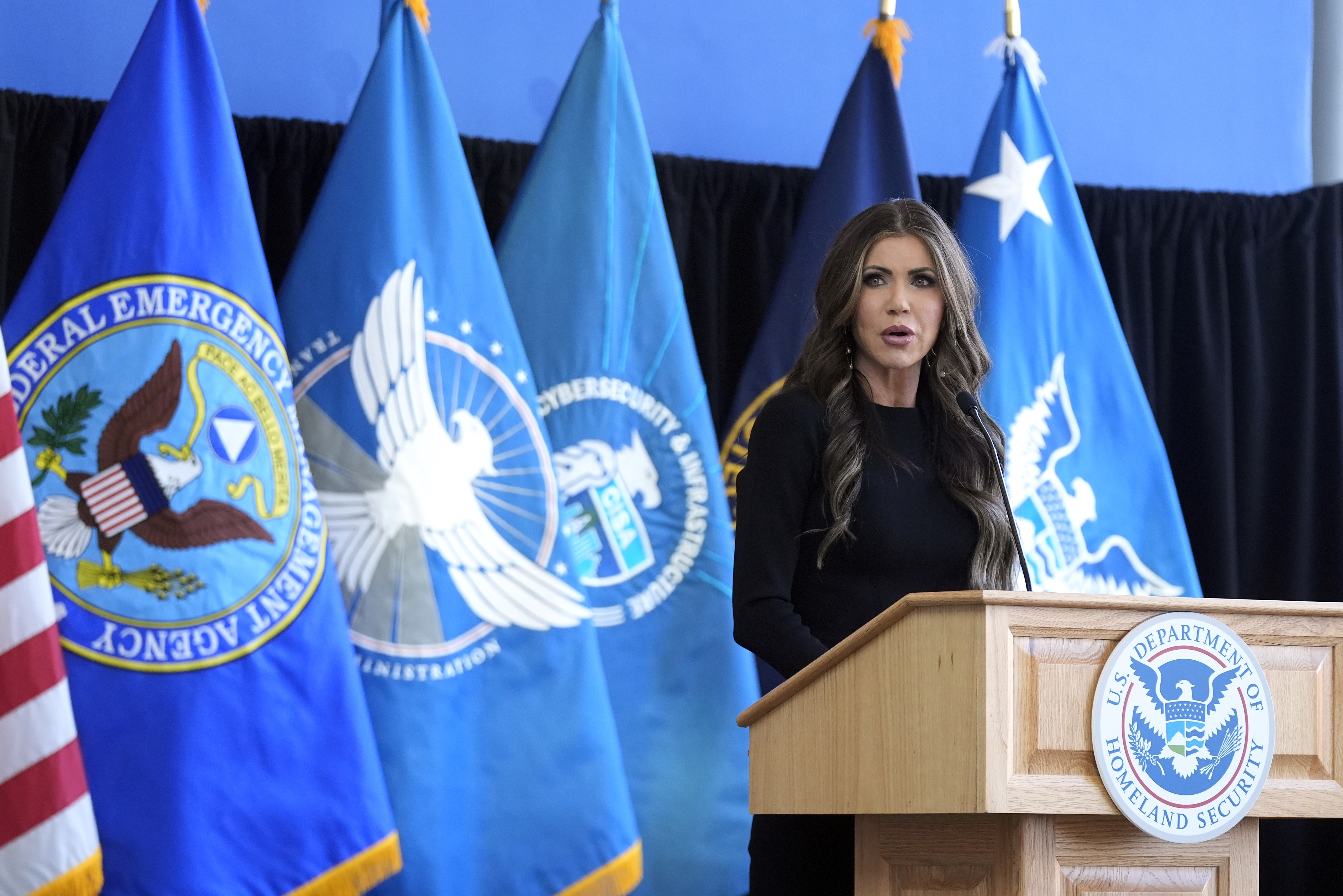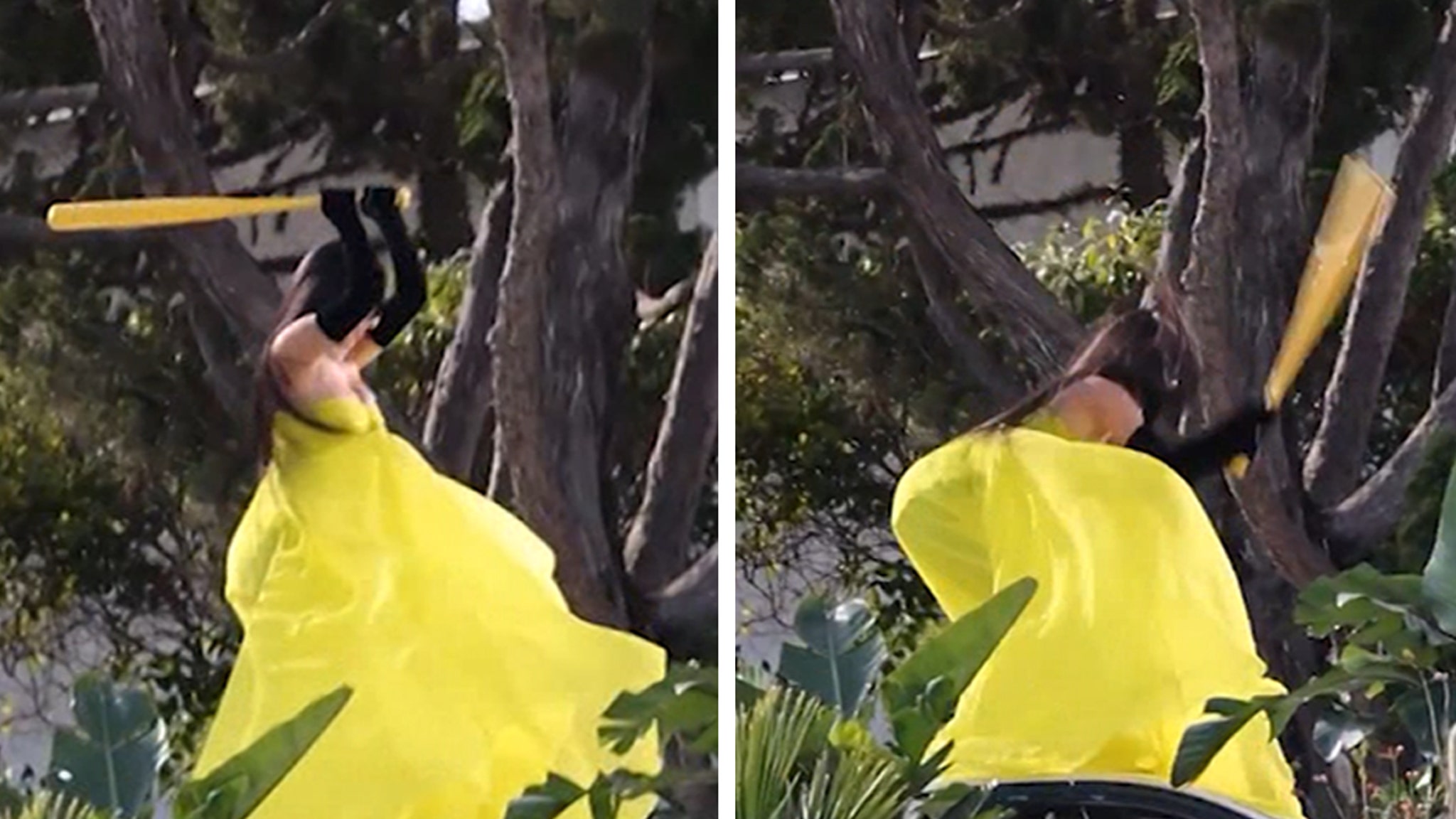Investigation into Jeju Air Crash Points to Bird Strike and Runway Barrier

Investigators are focusing on a bird strike and a concrete barrier as potential causes of the Jeju Air crash that killed 179 individuals last month, while assessments continue on safety measures.
SEOUL -- South Korean air accident investigators are narrowing in on two factors -- birds that hit both engines and a concrete structure at the end of the airport runway -- as likely to have caused the devastating Jeju Air crash last month that killed all but two of the 181 people on board.
The exact cause of the fatal crash remains unclear, and the investigation by South Korea's Aviation and Railway Accident Investigation Board is ongoing. But officials on Monday released a preliminary report, as required by the International Civil Aviation Organization, a U.N. agency, within 30 days of the Dec. 29 crash.
It had also been sent to U.S., French, and Thai authorities because the engines on the Boeing 737-800 were jointly produced by American and French companies, while two Thai citizens were killed on the plane, which was arriving from Bangkok.
The investigation has been complicated by the discovery that the black boxes stopped recording about four minutes before the crash. The plane was just over a mile away from the runway when the flight data recorder and the cockpit voice recorder stopped working, according to the report.
Jeju Air Flight 2216 belly-landed at Muan International Airport in the southwestern tip of the Korean Peninsula on Dec. 29.
The Boeing jetliner careened down the runway without its landing gear or wing flaps deployed, then hit a concrete barrier at the end of the runway and burst into flames, video of the crash showed.
The crash was the world's deadliest airplane accident in six years. Two crew members, a woman in her 20s and a 33-year-old man, were sitting at the tail end of the plane and survived.
The male survivor suffered serious injuries, including to his spine and ribs. Hospital officials said in a news briefing last month he was being treated at the intensive care unit and monitored for potential paralysis and trauma. The man told doctors that he only regained consciousness at the hospital and had no memory of the crash. The female survivor had injuries to her ankles and head, according to local news reports.
As pilots approached the runway, security cameras captured a flock of birds flying close to the plane, the report said. Feathers and blood stains were found in both engines, and samples identified the birds as baikal teals, a breed of ducks that winter in South Korea.
Experts have said a bird strike alone likely would not have brought down the plane and have raised questions about why the landing gear and wing flaps had not been deployed, and why the concrete barrier -- which likely made the crash worse -- was built at the end of the runway.
South Korea is conducting the investigation with help from the U.S. National Transportation Safety Board and the French aviation safety agency. Investigators will now examine the engine components and investigate the runway structure and the bird strike, according to the report.
Last week, the Ministry of Land, Infrastructure and Transport said it would remove the concrete structure, which held a navigation system known as a "localizer" intended to guide the plane along the center of the runway during landing. The ministry said it would install a new barrier with materials that are more easily breakable and would make similar changes at six other airports in the country.
Authorities are reviewing the guidelines for the barrier that was built at Muan International Airport.
Meanwhile, Son Chang-wan, the former president of the Korea Airports Corporation, was last week found dead at his home in an apparent suicide, police said. Son led the corporation, which operates Muan airport, from 2018 to 2022 and oversaw the site's renovations, including the construction of the concrete barrier.





















